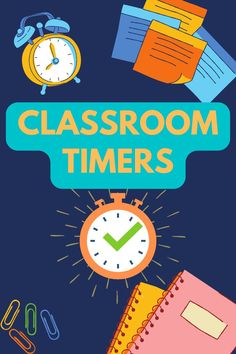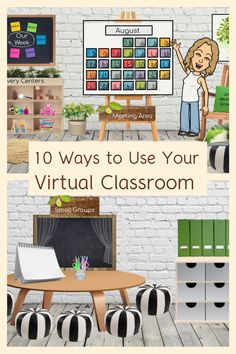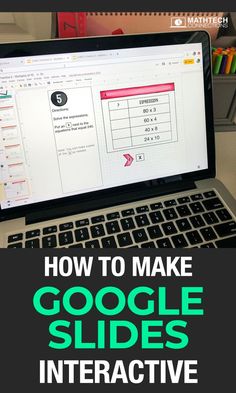In today’s digital age of online banking, payment apps, and electronic transfers, the ability to properly write a check remains an important financial skill. Whether you’re paying rent, giving a gift, or handling a transaction where electronic payment isn’t accepted, knowing how to correctly fill out a check helps ensure your payment is processed smoothly and securely. This comprehensive guide walks through each step of check writing, covers common mistakes to avoid, and provides tips to protect yourself from fraud.
Step-by-Step Guide to Writing a Check
Follow these six essential steps to properly write a check:
Step 1: Write the Date
- In the top right corner of the check, write the current date in month/day/year format
- You can write out the month (e.g., “April 21, 2025”) or use numbers (e.g., “4/21/2025”)
- Always use the current date—backdating (using a past date) may be illegal in some situations
- Avoid postdating (using a future date) as banks can still process checks before that date
Step 2: Fill in the Recipient’s Name
- On the line that begins with “Pay to the order of,” write the full legal name of the person or business receiving your payment
- Be precise and accurate with spelling
- For businesses, use their official name rather than abbreviations
- If writing a check to multiple people:
- Using “Person A and Person B” requires both people to endorse the check
- Using “Person A or Person B” allows either person to cash it independently
Step 3: Write the Payment Amount in Numbers
- In the small box on the right side of the check, write the dollar amount numerically
- Include both dollars and cents, using a decimal point (e.g., “$125.75”)
- For even dollar amounts, write “.00” for the cents (e.g., “$100.00”)
- Write clearly and fill the entire box to prevent alterations
- For amounts over 999, include commas (e.g., “$1,500.00”)
Step 4: Write the Payment Amount in Words
- On the line below the recipient’s name, write out the dollar amount in words
- For cents, use a fraction format with denominator of 100 (e.g., “One hundred twenty-five and 75/100”)
- For even dollar amounts, write “and 00/100” (e.g., “One hundred and 00/100”)
- Fill the entire line with a straight line after the amount to prevent alterations
- Different acceptable formats:
- “One thousand five hundred and 00/100”
- “Fifteen hundred and 00/100”
Step 5: Fill in the Memo Line (Optional)
- Use the memo line in the bottom left corner to note the purpose of the payment
- This helps you remember why you wrote the check when reviewing your statements
- Examples include “April Rent,” “Invoice #12345,” or “Birthday Gift”
- Some businesses may request specific account numbers or reference information here
- While optional, this information is helpful for record-keeping
Step 6: Sign the Check
- Sign your name on the line in the bottom right corner exactly as it appears on your bank account
- The check cannot be processed without your signature
- Always sign last, after completing all other fields
- Use consistent signature styling for better security
Security Measures and Fraud Prevention
Protect yourself from check fraud by following these important security practices:
Use Proper Writing Tools
- Always write checks with a pen, never pencil
- Black gel ink is recommended as it’s difficult to remove or alter
- Press firmly so your writing is clear and cannot be easily erased
Fill All Spaces Completely
- Don’t leave gaps in the payment amount fields
- Draw a line after the written amount to fill any remaining space
- Fill the entire amount box with your numbers
- These precautions prevent someone from adding to the amounts
Additional Security Tips
- Never sign a blank check
- Avoid writing checks payable to “Cash” when possible
- Keep your checkbook in a secure location
- Reconcile your account regularly to spot unauthorized activity
- Consider using duplicate checks that create a carbon copy for your records
- Void and shred mistakes rather than throwing them away intact
Handling Common Check-Writing Situations
How to Void a Check
If you make a mistake or need to void a check:
- Write “VOID” in large letters across the front of the check
- Write “VOID” across the signature line and payment amount fields
- Make a note in your check register that the check was voided
- Shred or safely destroy the voided check if not needed
Writing a Check to Yourself
To transfer money between your own accounts:
- Write your own name as the recipient
- Fill out all other fields normally
- Sign the check as usual
- Consider writing “Transfer” in the memo line
Dealing with Mistakes
If you make an error while writing a check:
- Don’t attempt to erase or correct it
- Void the check completely and start with a new one
- Record both the voided check and the new check in your register
Understanding Check Elements
Important Numbers on Your Check
- Check Number: Usually in the top right corner, helps you track individual checks
- Routing Number: Nine-digit number on the bottom left that identifies your bank
- Account Number: Appears after the routing number, identifies your specific account
- These numbers are printed in magnetic ink character recognition (MICR) format for electronic processing
The Check Register
- Always record check information in your register immediately
- Include: check number, date, recipient, amount, and purpose
- Maintain a running balance to prevent overdrafts
- Consider digital alternatives like banking apps for tracking
Modern Check Alternatives
While knowing how to write a check is important, consider these alternatives for many situations:
Electronic Payments
- Online bill pay through your bank
- Person-to-person payment apps
- Electronic funds transfers
- Automatic recurring payments
When to Still Use Checks
- When dealing with businesses that don’t accept electronic payments
- For certain government payments or legal matters
- When giving monetary gifts with a personal touch
- When you want a physical record of payment
Common Check-Writing Mistakes to Avoid
Frequent Errors
- Forgetting to sign the check
- Writing different amounts in the numerical and written fields
- Postdating checks (writing a future date)
- Using abbreviations in the recipient’s name
- Writing illegibly
- Running out of check stock without reordering
Consequences of Errors
- Payment delays or rejections
- Returned check fees
- Potential overdraft fees
- Payment not being credited to your account properly
Balancing Your Checkbook
Maintaining accurate records helps you avoid overdrafts and spot errors:
Basic Balancing Steps
- Record all checks, deposits, and electronic transactions
- Compare your records with your monthly bank statement
- Check off each transaction that appears on both
- Identify and resolve any discrepancies
- Calculate your current balance
Digital Alternatives
- Mobile banking apps
- Personal finance software
- Automated account alerts
- Online account management tools
Conclusion
While digital payment methods continue to grow in popularity, the ability to properly write a check remains a valuable financial skill. By following the six simple steps outlined above and implementing security best practices, you can ensure your check payments are processed correctly and securely. Whether you write checks frequently or only occasionally, mastering this fundamental financial task gives you an important payment option that’s still widely accepted for many types of transactions.
Remember that a properly written check serves as a legal document and financial instruction to your bank. Taking the time to complete each section carefully not only ensures your payment goes through smoothly but also protects you from potential fraud or errors that could affect your financial well-being.











